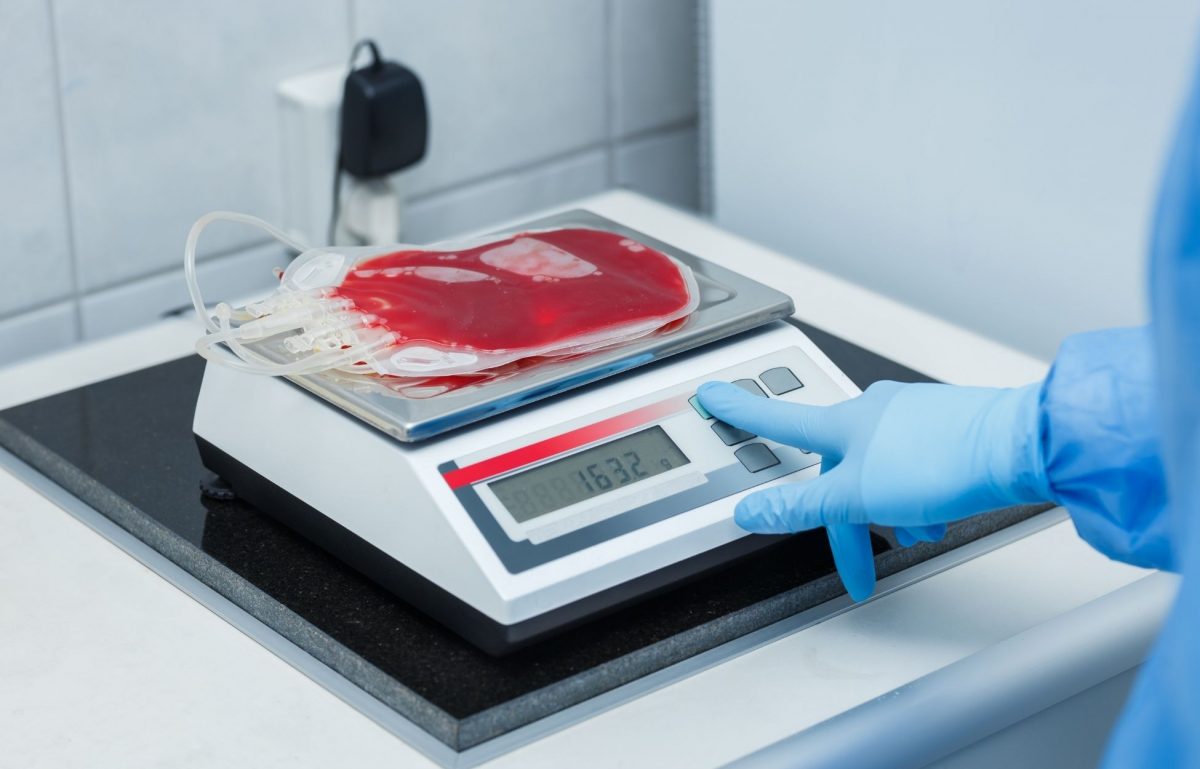The day you give birth, you’ll tuck away some souvenirs for your baby’s scrapbook or memory box: the tiny identification bracelet, their first hat, a little footprint. But there’s another souvenir that might eventually prove far more valuable. Understanding how your baby’s cord blood can affect their future health can help you decide whether you want to bank it.
What Is Cord Blood?
You absorb a lot of information as you prepare for your baby, and it can be difficult to prioritize what’s most important. But you only get one chance to bank your cord blood—doctors must do it in the minute or two after you’ve given birth. You’ve heard about how essential stem cells are in the treatment of many conditions. Umbilical cord blood is a significantly better source for stem cells than any collection technique later in life.
Cord blood contains young, pure hematopoietic stem cells, which can develop into any type of cell in the blood and immune system. They can replace or repair damaged cells. They can also mutate and regenerate to create more healthy blood and immune cells. And cord blood doesn’t have to match a patient’s tissue as closely as donated stems cells from bone marrow or circulating blood.
What Can It Treat?
Cord blood is approved to treat about 80 cancers, blood disorders, immune disorders, and more—many conditions with names you’ve never heard. In some cases, cord blood can even be a cure. This is a sampling of disorders it can treat:
- Leukemia: cancers of the blood
- Lymphoma: bone marrow cancers
- Retinoblastoma: cancers of the eye
- Neuroblastoma: cancers of the nervous system
- Anemias: blood disorders
- Immunodeficiencies: immune system disorders
Who Can Use It?
If your child ever needs a transplant, the umbilical cord blood stays stored in a private bank for use at any time. You could also use it for a close family member; siblings are often the best matches. And if you want to help others, you can donate the cord blood to a public bank.
How Is It Acquired?
When you enroll ahead of time with a blood bank, you’ll receive a kit to give to your doctor when you go into labor. Just after your baby is delivered and before the umbilical cord is clamped, your doctor will extract the cord blood. Neither you nor the baby will feel anything. Then, the doctor will clamp and cut the umbilical cord as usual.
Promise for the Future
Many parents choose to bank these young stem cellsfor their potential.Things are always changing in terms of how your baby’s cord blood can affect their future health. Scientistsare testing many conditions to see if stem cells can treat them, including:
- Type 1 diabetes
- Lupus
- Cerebral palsy
- Parkinson’s disease
- Autism
- Brain and spinal cord injuries
- Kidney disease
- Breast cancer
That might just make cord blood storage one of the most meaningful gifts your baby receives.













